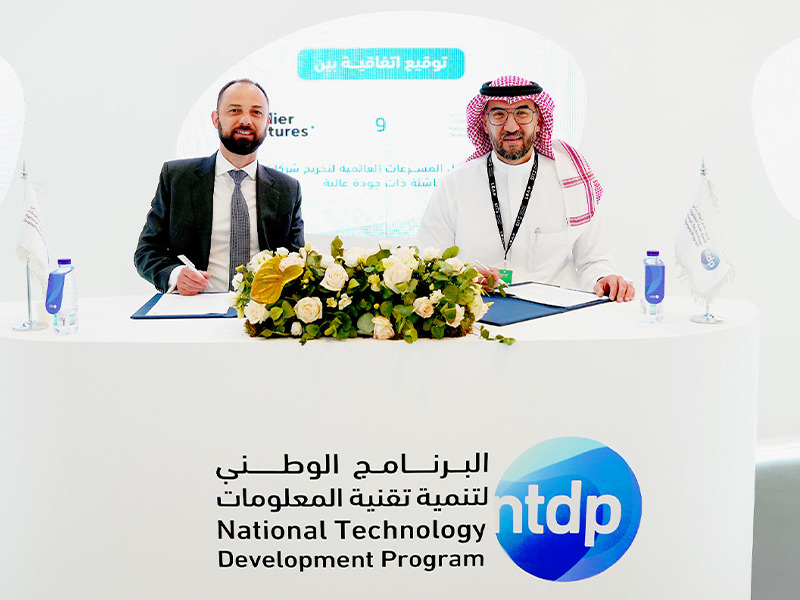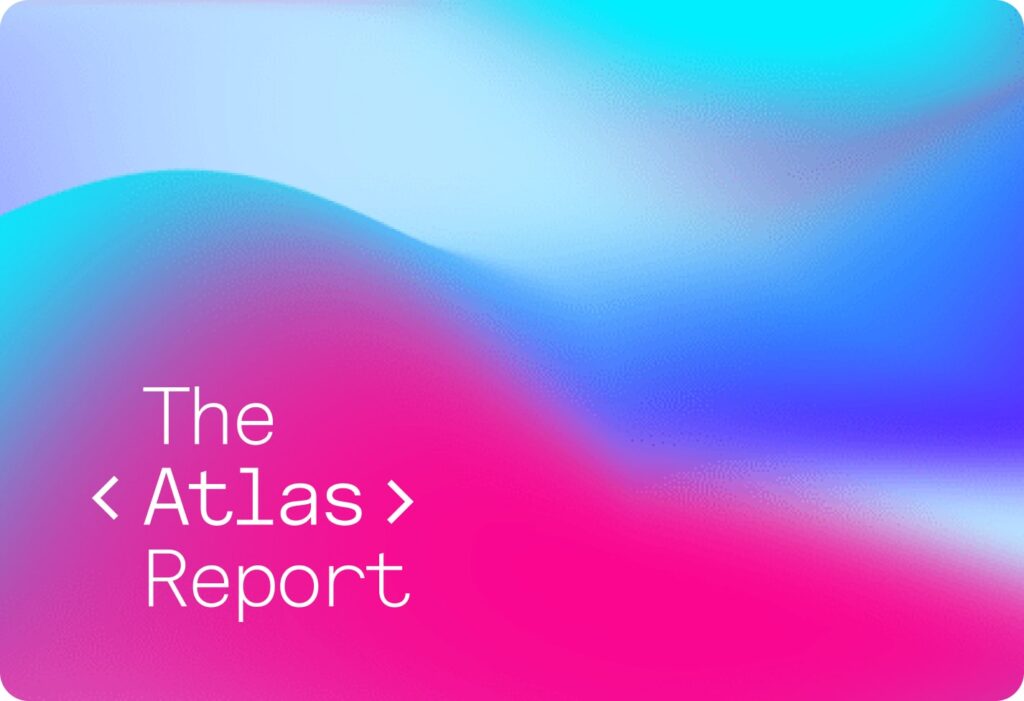Part I: Market Situation
Introduction
Our new thesis The Open Metaverse Under Attack – Fight Back introduced many encouraging growth paths for the Web3 space. In this article the focus will be on a specific sector with a lot of potential as well. The US market for unsecured personal loans alone reached $210b in Q1 2023, exceeding the total value locked in decentralized finance (DeFi), which is just $61b. This implies a massive growth potential for the DeFi space in general and specifically for the decentralized lending sector. This significant growth potential was the motivation to create a snapshot overview of the current leading decentralized uncollateralized lending protocols. In this snapshot, comparisons of these protocols w.r.t. capital adoption, token valuation, incentive impacts, and marketing dominance paint a clear picture of the absolute and relative market positionings.
The first part of this mini series provides an overview on the current market situation of the underlying native ERC-20 protocol tokens, whereas a more detailed on-chain perspective on stakeholder token flows will be given in the following second part.
Recap
The ability to lend and borrow assets is a cornerstone of any financial system. While lenders gain return on their otherwise idle cash, borrowers require fast access to working funds. Lending markets in the DeFi space are often overcollateralized, meaning borrowers must deposit collateral in excess of the loan’s value. For instance, a borrower would be required to put up $10,000 in ETH as collateral for a $5,000 USDC loan. While overcollateralized lending is the norm in DeFi, unsecured loans in traditional finance are sometimes partially undercollateralized or even completely uncollateralized. This overcollateralization ensures that the collateral can be sold to make lenders whole in the event that a borrower defaults on their debt. Although overcollateralized lending is safer for the lender, it is not as capital efficient and thus limits market expansion. It takes uncollateralized lending protocols, which may access trustworthy creditworthiness data to estimate risk profiles of borrowers without disclosing sensitive information on blockchains, to get over this restriction in DeFi. Oracles in combination with zero-knowledge proofs are already under development to mitigate the need for identity disclosure of borrowers to the uncollateralized lending platforms.
However, uncollateralized lending is a significant industry in DeFi, and the higher risk involved is reflected in the higher annual percentage yield (APY) on their loans compared to overcollateralized lenders like Aave and Compound. Lending that is under- or uncollateralized increases the chance of default. The liquidation and repayment of loans with off-chain assets and contracts may still take a long period. Regarding the security of the lending pool, lenders must rely on the pool managers due diligence (DD). Lenders may not be able to access liquidity when they need it since the quantity of liquidity that may be withdrawn from the lending pools depends on the amount of liquidity that is present in the pools.
Figure 1 is a representative uncollateralized lending protocol ecosystem on a high level for the example of TrueFi. Here lenders fund a lending pool that will be utilized by the borrower to receive a loan. $TRU stakers are able to vote on a loan that also has to be approved by a portfolio manager.
Uncollateralized Lending Market Overview
Table 1 shows a snapshot overview of some protocols that provide uncollateralized lending to institutional borrowers. The protocols are ordered according to their total value locked (TVL).
Table 1: Protocols overview
| Figure 1: TruFi loan system by truefi.io |
Uncollateralized Lending Market Overview
Table 1 shows a snapshot overview of some protocols that provide uncollateralized lending to institutional borrowers. The protocols are ordered according to their total value locked (TVL).
| Protocol | Token Ticker | FDV MC / $m | MC / $m | Deposits (TVL) / $m | Avg. APY / % | Holders | Twitter Followers / k |
| Centrifuge | $CFG | 92 | 77 | 201 | 7.0 | 3,513 | 61.6 |
| Goldfinch | $GFI | 49 | 12 | 102 | 10.3 | 5,974 | 51.8 |
| Maple | $MPL | 58 | 26 | 42 | 8.5 | 5,322 | 22.7 |
| Clearpool | $CPOOL | 30 | 10 | 23 | 13.0 | 2,116 | 34.9 |
| TrueFi | $TRU | 70 | 51 | 16 | 7.4 | 7,518 | 83 |
| Damm | $DAMM | 42 | 42 | 0.4 | 5.6 | 623 | 5.6 |
| / | – | 341 / 57 | 218 / 36 | 384 / 64 | – / 8.6 | 25,066 / 4,178 | 260 / 43 |
| Table 1: Market overview of uncollateralized lending platforms. Data collected from DeFiLlama, Coinmarketcap, Twitter, and the corresponding protocol websites on the 19th May 2023 | |||||||
The FDV MC sum of all uncollateralized lending protocol native tokens in Table 1 is $341m, which equates to 6.6% of the crypto lending and borrowing sector, 0.7% of the DeFi sector and 0.03% of the total crypto MC. Furthermore the TVL sum is $384m, which equates to 0.6% of DeFi TVL. These numbers demonstrate how small the market share of the uncollateralized lending protocols in Table 1 are in comparison to the whole DeFi and crypto space. On the other hand they illustrate the growth potential considering the size of the traditional off-chain uncollateralized lending market. The growth potential becomes even more visible, looking at the competitive average lending APY values of 8.6% including native token rewards throughout all protocols. Note that lending to uncollateralized protocols involves higher risks as lending to overcollateralized lending protocols, such as Aave, and therefore justifies higher lender compensations.
Token Performance Comparison
A comparison of the historic valuation development of the related tokens in Table 1 can bring insights for the potential trajectory for the future. However, token valuations measured in FDV MC are dependent on many factors, such as the general market conditions, individual protocol adoption, and also on the token design itself. A token with low value capture properties might underperform while the product – the lending platform – might outperform in terms of TVL and fallout rate. Therefore the comparison will be carried out on multiple levels. An overview of the token designs and value capture properties provides a first insight into the expected correlation to the overall protocol adoption. E.g. a token with strong value capture from the protocols revenues is likely to represent the general protocol performance more than a token with limited value capture mechanisms. Afterwards important token metric relations will be compared for the current time snapshot. The last token performance analysis is focussed on historic developments.
Token Value Captures
Table 2 contains an overview of value capture properties and utilities for the top 6 protocols from Table 1. All tokens provide governance power to holders and stakers, respectively. Furthermore Maple, Centrifuge, and TrueFi leverage staking in exchange for a secondary receipt token. The receipt token, sometimes designed as vote escrow (ve) model, also serves as a tool to distribute fee shares to loyal supporters. Fee share, either direct or through distributed buybacks, is given in the cases of Centrifuge, Maple, TrueFi, Clearpool, and dAMM. Goldfinch and Clearpool don’t have a secondary token and use their primary one instead directly as a protocol incentivisation tool. All native protocol tokens accrue value directly from the product usage either through the already mentioned fee shares, governance, or by provisioning of user advantages when staking the token. This means that a correlation between the protocol adoption and the token valuation can be expected for all tokens.
| Protocol | Base Token | Secondary Token |
| Centrifuge | Ticker: $CFGGovernance votingGas fees from parachainStakingBurning % of Gas Fees | Ticker: $DROP and $TINTIN – junior trancheDROP – senior trancheBoth purchased in DAI per pool |
| Goldfinch | Ticker: $GFIGovernance votingParticipant Incentives (LPs)Community Grants | |
| Maple | Ticker: $MPLGovernance votingReceive USDC from governanceProvide pool cover through MPL-USDC BPT (Balancer) | Ticker: $xMPLGovernance votingshare of protocol revenue (buyback distribution) |
| Clearpool | Ticker: $CPOOLGovernance votingBorrower StakeDelegated StakingLP Rewards | |
| TrueFi | Ticker: $TRUGovernance voting | Ticker: $stkTRUGovernance votingshare of protocol revenueLoan proposal votingLender compensation |
| dAMM | Ticker: $dAMMGovernance votingStake for share of protocol revenueStake for gauge voting for bdAMM distribution | Ticker: $bdAMMLiquidity bonding reward tokenRedeemable 1:1 for dAMM at a discount to market price of dAMM |
| Table 2: Value capture properties and utilities of uncollateralized lending protocol tokens | ||
Token Metric Relations
Figure 2 shows the relations of the protocol deposits (TVL) to different metrics, such as the FDV MC, the avg. APY for lenders, the holder count, and the Twitter followers. The ratios are given as a percentage of the highest value within one category.
The deposits / FDV MC ratio provides an indication for the protocol’s capital adoption over its current market valuation. Note that only deposits for uncollateralized lending and staking are accounted for in these metrics.
The deposits / avg. APY ratio is an indication for the capital adoption over the capital incentive.
The deposits / holders ratio provides the average value deposited per native token holder and is a benchmark of the actual user quality in terms of capital size.
The deposits / followers ratio provides an indication for the amount of capital adoption per unit of marketing effort. Note that Twitter follower counts do not necessarily correlate with the real user adoption of a product.
The followers / holders ratio is an indication for the marketing effort in comparison to the actual user adoption of the native token.
The collection of data has been carried out already in February, but due to the drastic changes in the market, all data points required an update. In the previous data acquisition, the ranks in the different categories between protocols were quite diverse. Today, we see Centrifuge as a clear leader throughout all categories, which is a direct consequence of their high TVL. It is double as high as the next highest protocol TVL from Goldfinch. The reason for their success compared to other participants may be their innovative form of real world asset (RWA) tokenization for collateralization.
| Figure 2: Uncollateralized protocol deposits (TVL) in relation to FDV MC, the avg. APY for lending, token holder count, and Twitter followers as well as the Twitter follower to token holder ratio. Ratio calculations are based on the data in Table 1 |
Normalized Token Market Cap History Comparison
The previous comparisons are related to the most recent values. Figure 3 shows the historic development of the FDV MC for the different uncollateralized lending protocol tokens. The values are normalized by the Ether FDV MC to achieve a benchmark against the crypto market. The ordinate is given in a logarithmic scale and thereby mitigates the appearance of the high volatility. Considering the starting point of the time period from 1st January 2022 until 19th May 2023, all native uncollateralized tokens decreased in value with respect to $ETH.
Some of the reasons for their poor performance might by as follows:
- The crypto market crash. The entire crypto market has been in a downtrend since November 2021, and uncollateralized lending protocols have not been immune. As the price of cryptocurrencies has fallen, so has the value of the native tokens of these protocols.
- Concerns about the sustainability of uncollateralized lending. Uncollateralized lending protocols are a relatively new and untested concept, and there are concerns about their long-term sustainability. Some critics argue that these protocols are inherently risky and that they are only a matter of time before they collapse. Some protocols already experienced partial fallouts, such as Centrifuge, Maple, and TrueFi. Other lending protocols and investment platforms even faced full collapses as in the case of Celsius, Voyager Digital, and 3 Arrows Capital which would have enforced the fear.
- The safer collateralized lending alternative. Collateralized lending protocols are more popular, as they offer a lower risk alternative to uncollateralized lending. As more people move to collateralized lending, the demand for uncollateralized lending has decreased, which has put downward pressure on the value of the native tokens of these protocols.
| Figure 3: FDV MC of different uncollateralized lending protocol token normalized by the $ETH FDV MC |
Summary and Insights
The token designs of uncollateralized lending protocols show different approaches and value accrual mechanics, where all protocols provide governance power through their tokens, but not all provide direct revenue share via staking. Nevertheless some form of value accrual from product adoption is given for all token designs.
Centrifuge is currently the most successful uncollateralized lending protocol in terms of FDV valuation and TVL. Even though they also suffer from some overdue loans, their advantage lies in their innovative approach for RWA tokenization.
The overall valuations of all native uncollateralized lending tokens underperforming the crypto market. Too many partial and even full fallouts happened in the midst of the bear market 2022, which led to decreased trust for the sector.
With respect to aggregated FDV MC, the uncollateralized lending sector is quite small, compared to the overall DeFi sector (0.7%) and the crypto market (0.03%) as a whole. Considering this, the massive relevance of uncollateralized lending in the traditional finance sector, and the tendency of the market to optimize for capital efficiency, decentralized uncollateralized lending still indicates a huge growth and innovation potential. It just needs more time to rebuild trust and innovation to get there.
Outlier Ventures – a strong partner for your Web3 business
Outlier Ventures (OV) empowers crypto start-ups to become successful through holistic expert advisory, networking, and fundraising. Their token economies department provides guidance for NFTs, token design, and token engineering. It leverages powerful tools, such as token design workshops and quantitative token models, to forecast the business idea of Web3 teams or to review and finalize their own token design and model. Applications for OVs’ Base Camp Accelerator for brand new start-up teams or our Ascent program for advanced teams are open. Visit our website for more information: https://outlierventures.io/.
Acknowledgement
I would like to thank Dimitrios Chatzianagnostou for his guidance, decision support and valuable feedback throughout the process of creating the content of this report. Also, thanks to Robert Mullins and Karim Halabi for taking the time to review and provide feedback on the first draft v



